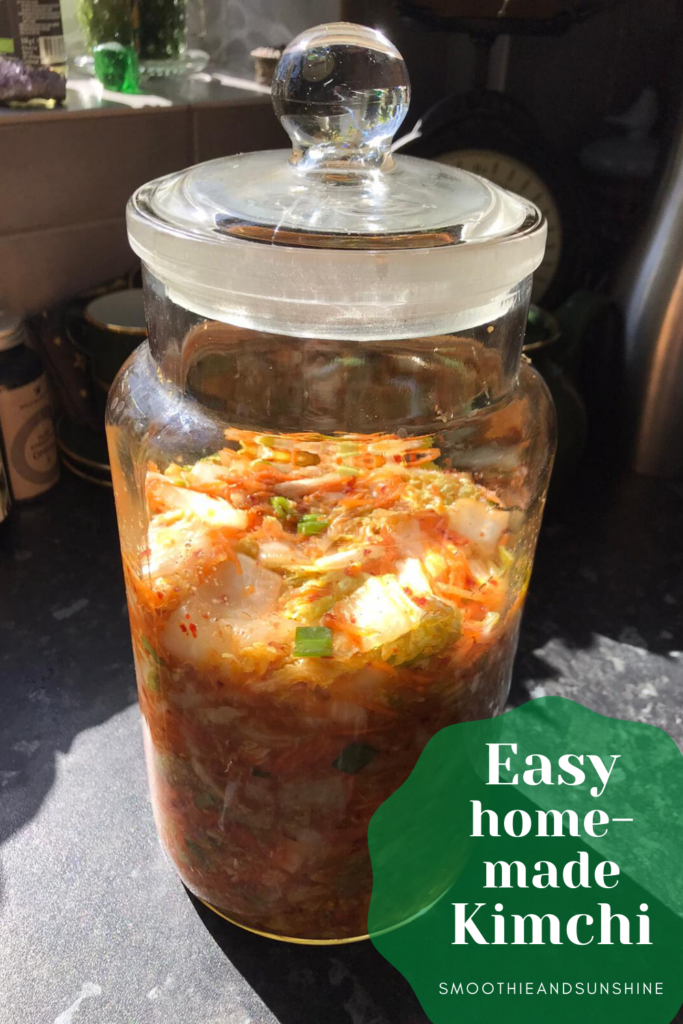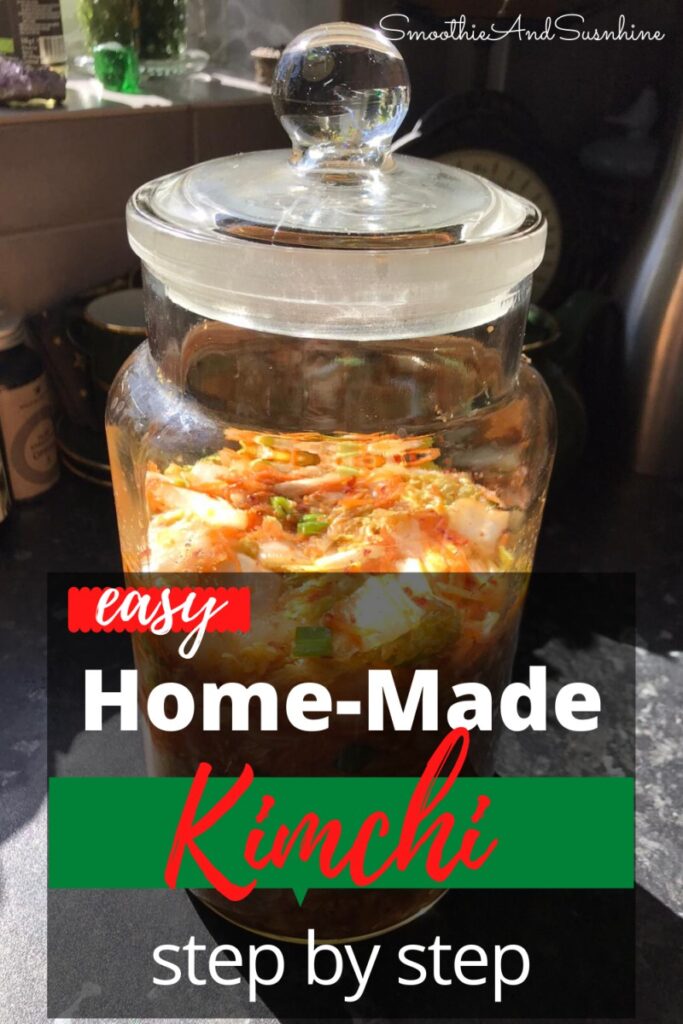Mirror, mirror, on the wall, what’s the best Kimchi of them all?
“If there’s one thing to know about the human body; it’s this: the human body has a ringmaster. This ringmaster controls your digestion, your immunity, your brain, your weight, your health and even your happiness. This ringmaster is the gut”
Fermentation is rapidly becoming a health trend in modern society, but it isn’t a new concept whatsoever! The practice of fermentation stretches back to ancient times as far as 7000 BC.
Various cultures embraced fermentation in different ways, from sauerkraut, kefir, kimchi, miso, natto to beer and wine. Fermenting vegetables definitely contributes to reducing food waste, and taking into consideration that fermented food can last for months, it will save you money too! Win-win!
As much as in my childhood memories are mostly fixed foods like sauerkraut and kefir – they are both delicious, and I still like to have them from time-to-time, these days, however, I found my new favourite – KIMCHI!

Kimchi is an ancient probiotic-rich fermented superfood, that originated in Korea, and has been eaten for over 2000 years. There is growing evidence, that fermented foods such as Kimchi or Sauerkraut may improve intestinal health, help with digestion, and as a result, support the immune system.
The modern diet is based on highly processed and refrigerated foods, and this way the amazing probiotic foods are eliminated, together with the beneficial bacteria.
“Almost nothing influences our gut bacteria as much as the food we eat. Preboiotics are the most powerful tool at our disposal if we want to support our good bacteria – that is, those that are already there and are there to stay.”
Did you know that Kimchi kills pathogenic bacteria in your body?
And here is something even more interesting: Kimchi has over 900 different strains of bacteria – this fact alone means Kimchi outshines every store-bought probiotics out there!
Home-made Easy Vegan Kimchi recipe
After popular demand, find below the recipe for my very favourite vegan Kimchi recipe:
Ingredients:
- 1 head cabbage (white or purple, you can also use so-called Chinese cabbage = Napa cabbage – 3 medium heads)
- 4 large carrots
- 1 Tablespoon (1 inch) fresh ginger (minced)
- 4 garlic cloves (minced)
- 6 spring onions (roughly chopped)
- 1 cup filtered water
- 1/4 cup quality salt – Himalayan pink salt, or good quality sea salt – Celtic Sea salt is another great option
Sauce/dressing:
- 1 apple or pear (substitute with honey or maple syrup if needed)
- 1 small white onion
- 1/4 cup red chilli flakes (start with a bit less if you prefer less spicy kimchi)
- 1-2 Tbsp soy sauce (Tamari – gluten-free if needed)
- 1/2 – 3/4 cup filtered water
Method:
- Chop the red cabbage into small pieces (red cabbage is a bit tougher than Chinese cabbage, so I chop mine into thin, bite-size pieces)
- In a large bowl, add handful of chopped cabbage and sprinkle with salt, layer the cabbage, add salt on each layer until you use all the cabbage and all salt. Massage the salt into the cabbage until leaves start to release liquid.
- Cover the cabbage with filtered water, submerge it by sitting the plate on the top, and let the cabbage sit at room temperature for 3-4 hours.
- After 3-4 hours, the cabbage should be soft and limp. Strain the cabbage and rinse it well under running water to remove excess salt.
- Squeeze out any excess water in the cabbage, then place the cabbage to the bowl.
- Add carrot, ginger, garlic and spring onions.

In a blender, combine the apple (or pear), onion, soy sauce, and water. Give it a whirl until smooth. Add chilli flakes, whirl lightly.
In a separate bowl, add shredded carrots, spring onions, garlic and ginger, mix it lightly, and pour the sauce/dressing over the veggies.
Please, note, it is crucial to wear gloves if using hands to incorporate the dressing into the veggies, or you can simply use a spatula. You want to avoid to get the chilli into even the slightest cuts or scratches you might have on your hands!

Take the bowl with prepared strained cabbage, and add the rest of the mixed vegetables, mix it lightly.
Prepare glass jar, spoon the kimchi into the jars, using pressure after a few spoons to push the mixture to the bottom of the jar, to release any air.
Pack the jar until about 3/4 (about an inch from the top), you don’t want to overfill it, as the veggies will release more liquid as they ferment.
Wipe the rims clean, then seal with lids and ferment at room temperature, out of direct sunlight, for at least 3-4 days.
Every day, press down on the veggies with a spoon to expel more liquid. A proper ferment should have no mold and no off smell.
After 3-4 days, you can start tasting the kimchi; refrigerate when the flavour has fermented to your liking. It should take on spicy, sourish taste. I like to leave the kimchi at room temperature for about 4 days, before I refrigerate it.
“. . . our body is an ecosystem. This ecosystem must be maintained . . .”
~
Add a few tablespoons to every meal – the best natural probiotic for your tummy.
Let me know if you have any questions, I am happy to help!
Keep Shining!
With Love, Kristina
RESOURCES for this article:
- https://www.theguthealthdoctor.com/
- https://www.wellandgood.com/good-food/kimchi-health-benefits/
- https://pubmed.ncbi.nlm.nih.gov/24456350/
- https://www.greenmedinfo.com/substance/kimchi
- https://www.lhf.org/2014/03/beyond-sauerkraut-a-brief-history-of-fermented-foods/
- https://crestfox.com/how-to-ferment-foods-at-home/
- Dr. Susanne Bennett, The Kimchi Diet: Revive Your Gut, Get Lean, Live Longer (Santa Monica, CA: Wellness for Life Press, 2019)


0 Comments